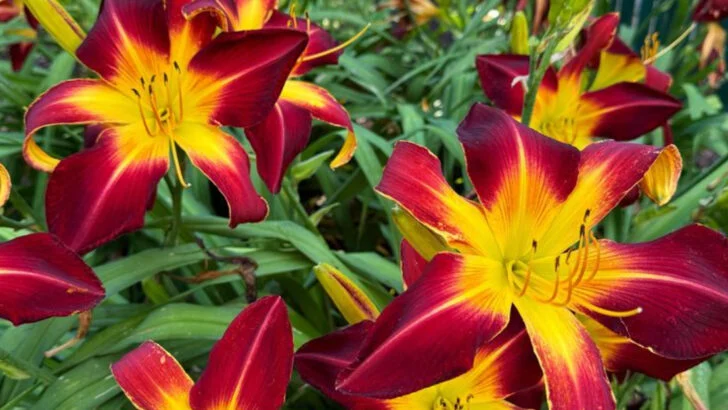If you’ve ever felt like your garden is a money pit, this list is for you. These are the plants that pay you back, season after season—without needing constant replanting, replacing, or babysitting. Just plant them once, and they’ll take it from there.
Some spread gently on their own. Others self-seed, multiply underground, or quietly return each year like clockwork. The result? A fuller garden, less work, and more savings—not to mention that satisfying feeling of watching your plants thrive without lifting a finger.
Whether you’re starting from scratch or just tired of buying the same annuals every spring, these are the 20 smart choices that will save you time, money, and effort—while making your garden look like you never took a break.
Mint
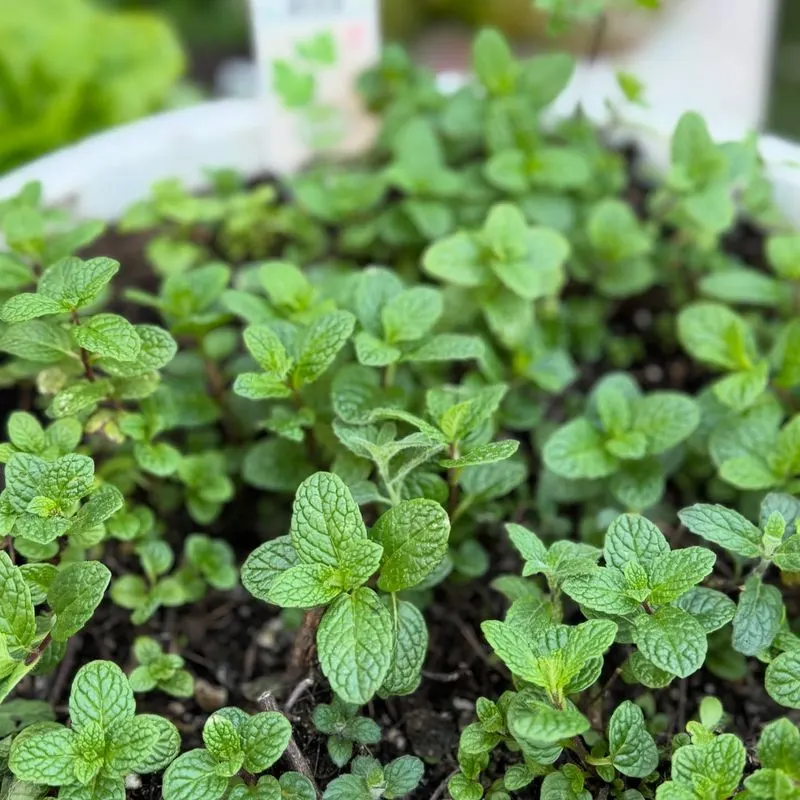
Once planted, mint rapidly expands its territory. This herb is renowned for its refreshing aroma and flavor, making it a favorite in many kitchens. Known for its vigorous growth, mint can easily take over a garden bed or container. Consider planting it where its spread is welcome or keep it contained. Its ability to thrive in various conditions makes it a reliable choice for herb enthusiasts.
Bamboo
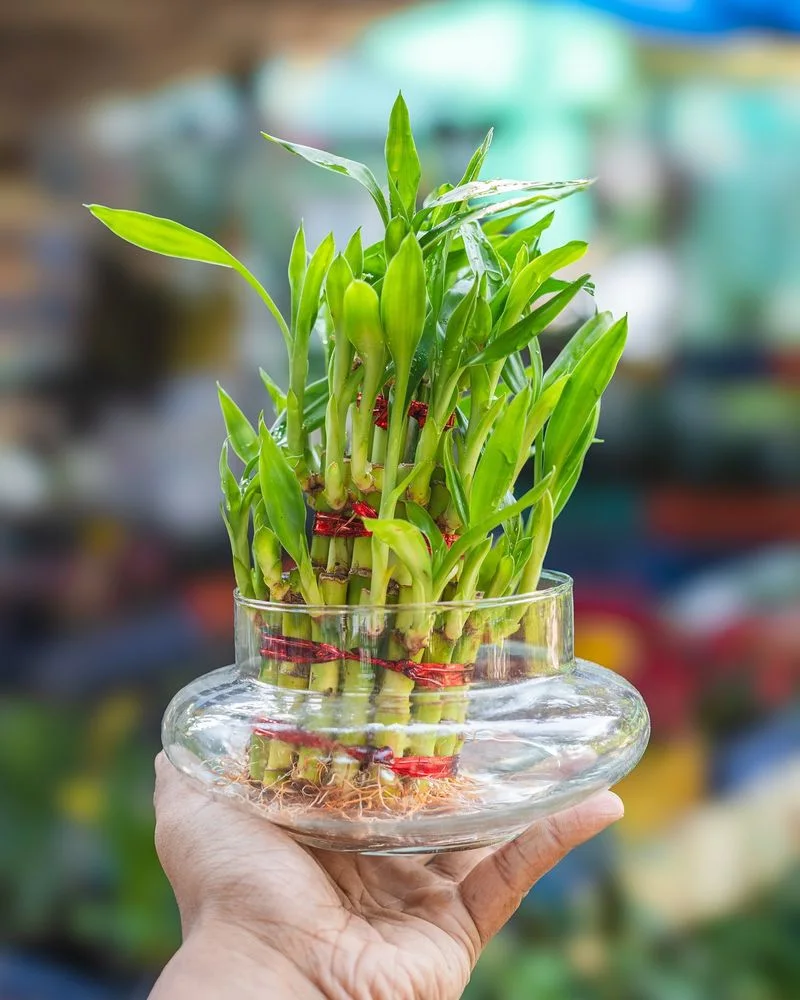
Revered for its fast growth, bamboo can create a natural privacy screen in no time. Some species are known to grow several feet in a single season, ensuring quick results. Bamboo’s resilience and ability to spread make it ideal for creating lush landscapes. However, it’s essential to choose the right variety to suit your space and climate. Ideal for those who appreciate both beauty and functionality.
Daylilies

Daylilies offer a burst of color with minimal upkeep. Known for their ability to adapt, these perennials return year after year with blooms that last just a day. Despite their fleeting flowers, the plants themselves are hardy and multiply over time, filling your garden with cheerful colors. Perfect for gardeners who love a low-maintenance splash of brightness.
Lavender

Lavender captivates with its soothing scent and elegant appearance. Once established, it requires little attention, thriving in well-drained soil and sunny spots. This perennial not only beautifies gardens but also attracts pollinators, enhancing biodiversity. Lavender’s calming properties extend beyond the garden, offering aromatic benefits in homes.
Hostas
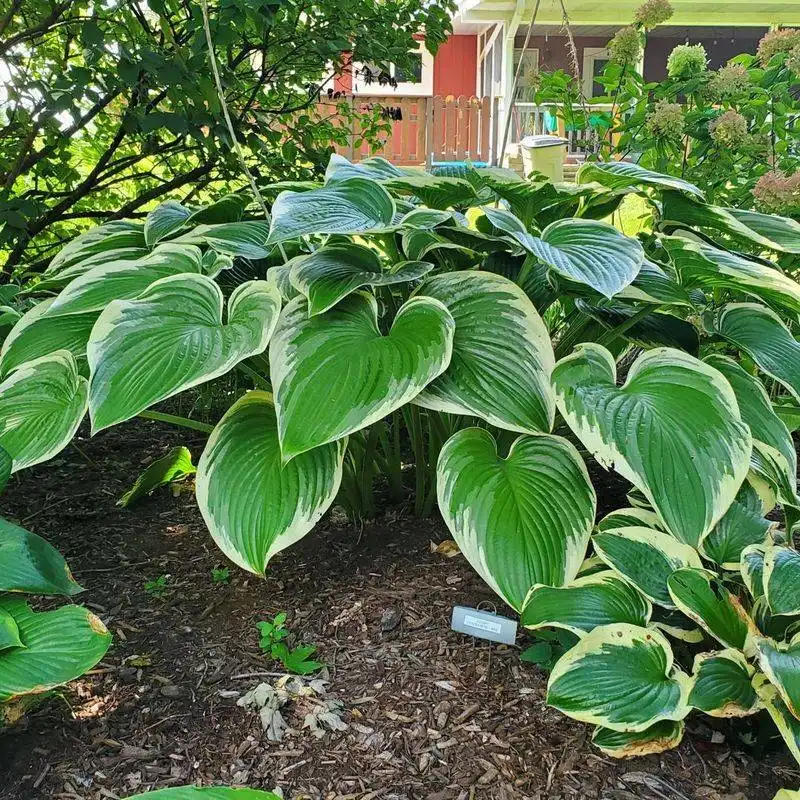
Hostas are loved for their lush foliage and ability to thrive in the shade. These perennials spread easily, covering ground with their rich, variegated leaves. They are perfect for adding texture and color to shady spots in your garden. Hostas’ resilience and adaptability make them a favorite among gardeners who appreciate understated beauty.
Sedum
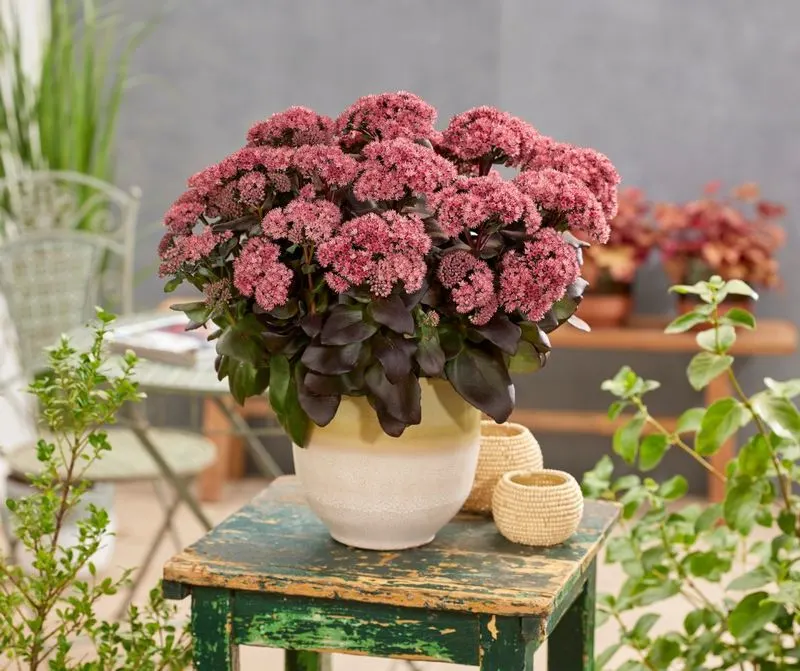
Sedum, or stonecrop, is a succulent that thrives in tough conditions. Its fleshy leaves store water, allowing it to withstand drought. Sedum comes in various forms and colors, making it versatile for different garden styles. It’s an excellent choice for rock gardens, green roofs, or as ground cover. Its low-maintenance nature suits both novice and expert gardeners.
Ferns
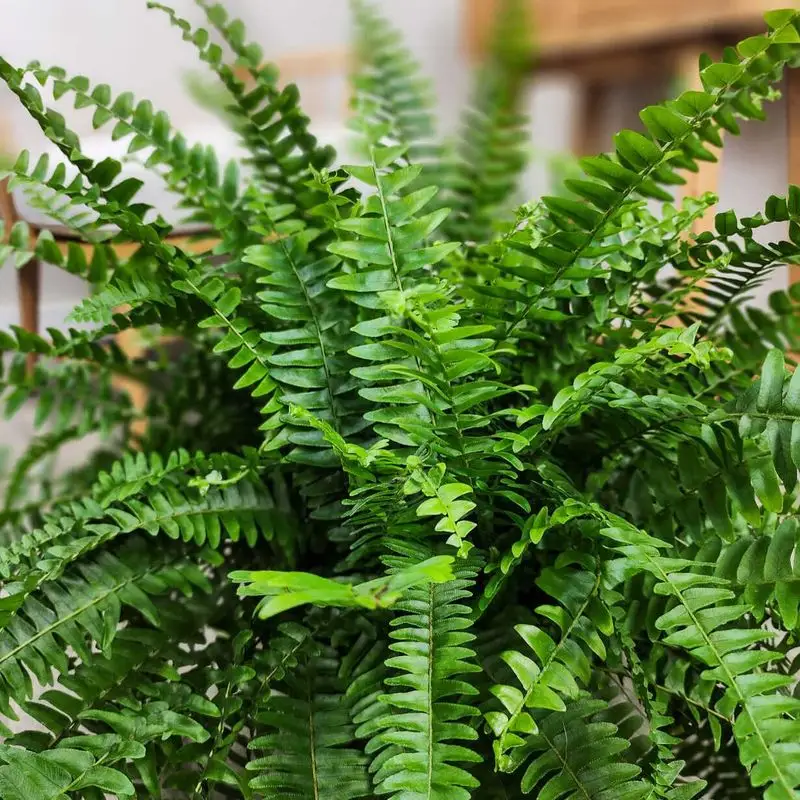
Ferns bring a touch of woodland magic to gardens. Their feathery fronds thrive in shady, moist areas, creating a serene atmosphere. Ferns are known for their ability to spread via underground rhizomes, filling spaces with ease. They add a timeless elegance to gardens and are perfect for creating a natural, forest-like setting.
Yarrow
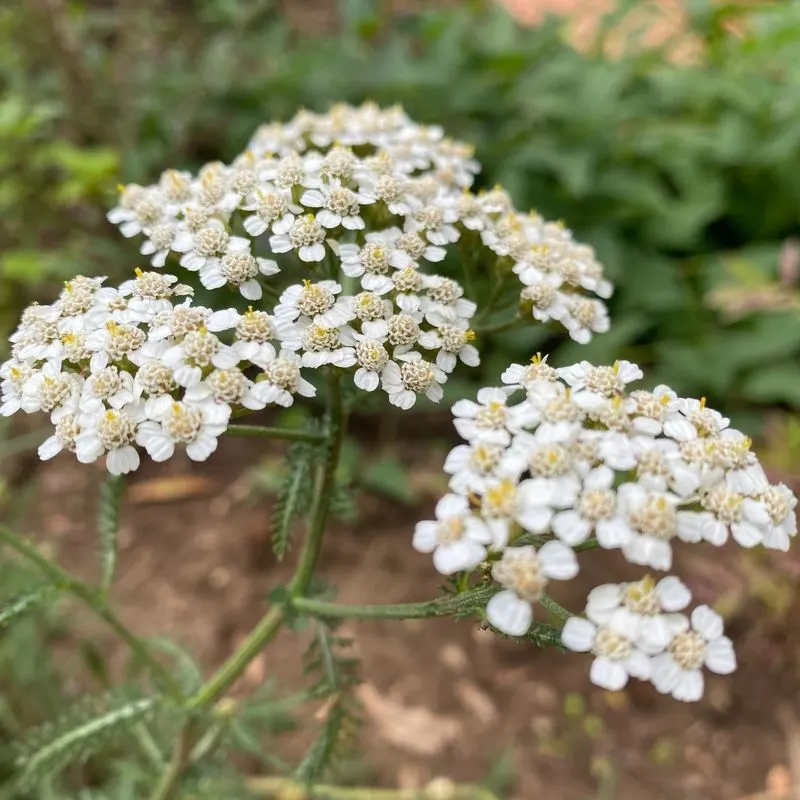
Yarrow is a hardy perennial that offers both beauty and utility. Its feathery foliage and flat flower clusters attract beneficial insects to the garden. Yarrow’s ability to thrive in poor soil and drought conditions makes it an ideal choice for sustainable landscapes. It spreads easily, providing ground cover and preventing erosion.
Daffodils

Daffodils herald the arrival of spring with their cheerful blooms. These bulbs multiply over time, ensuring a more vibrant display each year. They are deer-resistant and thrive in various conditions, making them a reliable choice for gardeners seeking low-maintenance beauty. Daffodils’ resilience and charm make them a garden staple.
Coneflowers
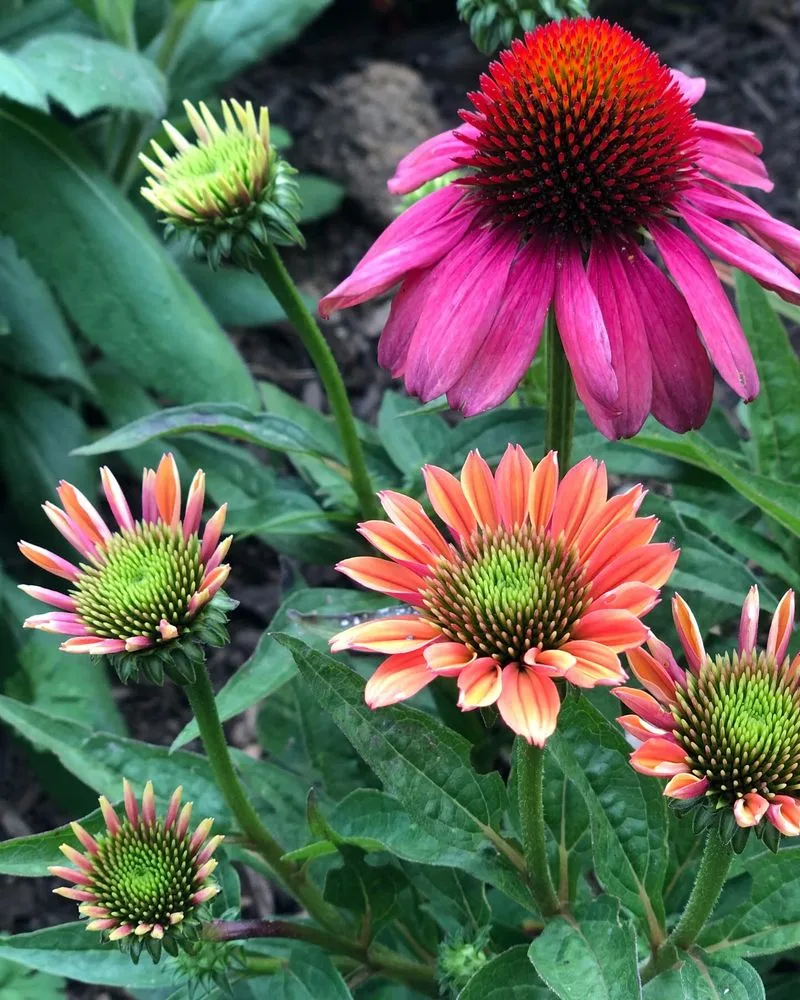
Coneflowers, or echinacea, are beloved for their vibrant blooms and medicinal properties. These perennials attract pollinators and are drought-tolerant, making them ideal for eco-friendly gardens. Coneflowers self-seed, expanding their presence with minimal effort. Their striking appearance and resilience make them a favorite among garden enthusiasts.
Thyme

Thyme is a culinary favorite that offers more than just flavor. This hardy herb thrives in sunny, well-drained areas and spreads easily, providing ground cover. Its tiny purple flowers attract bees, enhancing garden biodiversity. Thyme’s versatility and resilience make it a valuable addition to both kitchen and ornamental gardens.
Comfrey
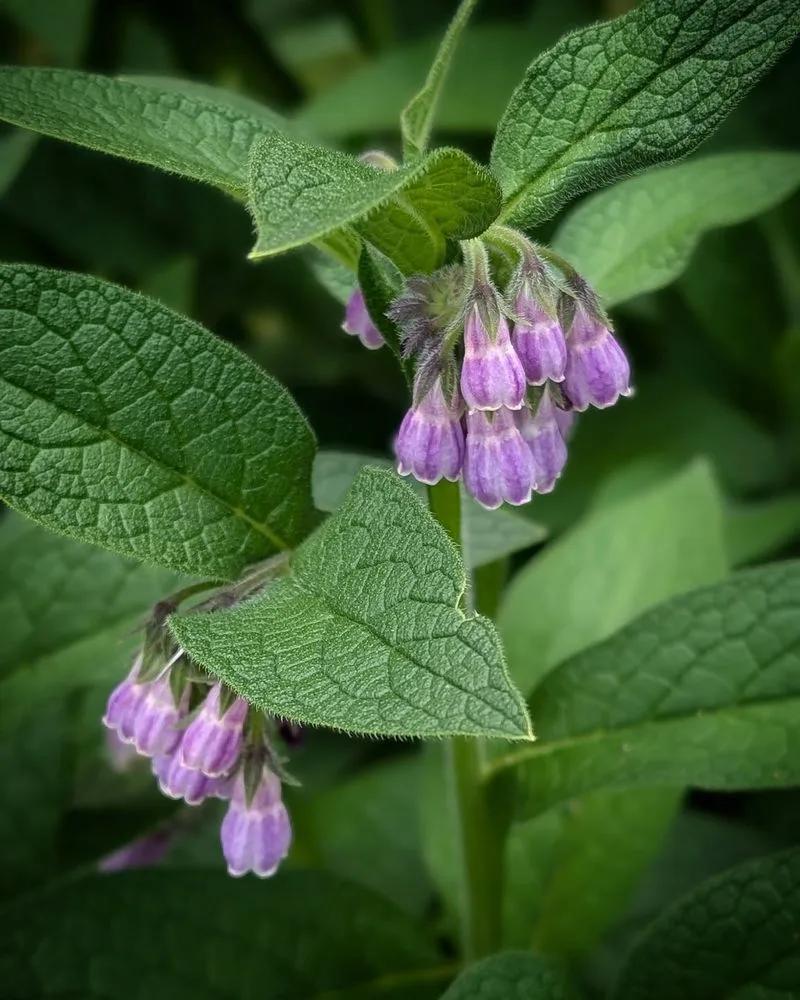
Comfrey is a powerhouse in permaculture gardens. Known for its rapid growth, it improves soil health with deep roots that draw up nutrients. Comfrey’s leaves can be used to create nutrient-rich compost tea. Its ability to regenerate quickly after cutting makes it a sustainable choice for eco-conscious gardeners.
Irises
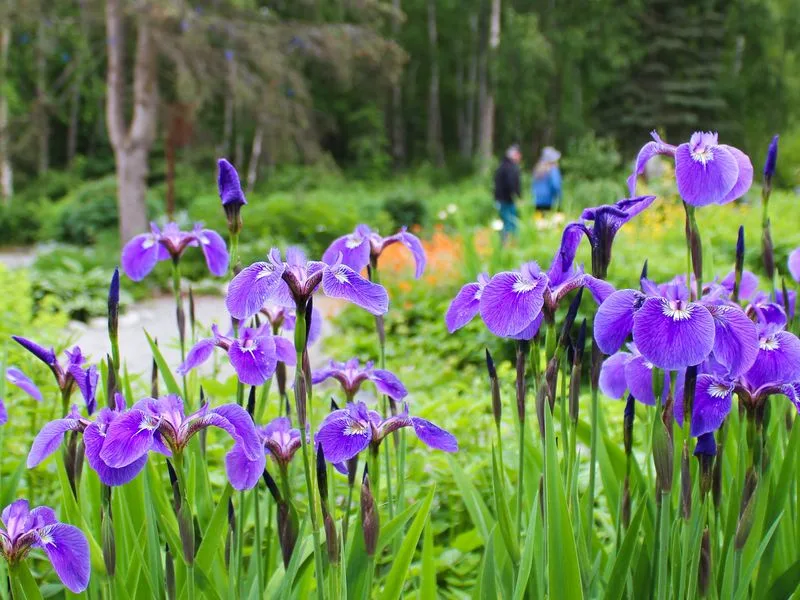
Irises captivate with their intricate blooms and diverse colors. These perennials spread via rhizomes, ensuring a recurring display of beauty each year. Irises thrive in various conditions, from sun-drenched borders to water gardens. Their striking appearance and adaptability make them a cherished choice for gardeners seeking elegance.
Creeping Jenny
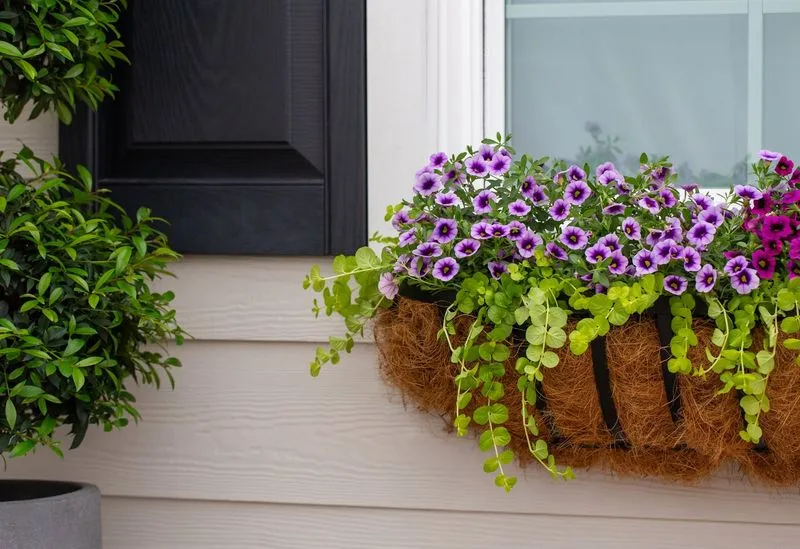
Creeping Jenny is a charming ground cover that brightens gardens with its yellow-green leaves. This perennial spreads rapidly, creating a lush carpet that suppresses weeds. Ideal for borders, containers, and as a filler in mixed plantings, Creeping Jenny adds vibrancy and texture to garden compositions.
Lamb’s Ear
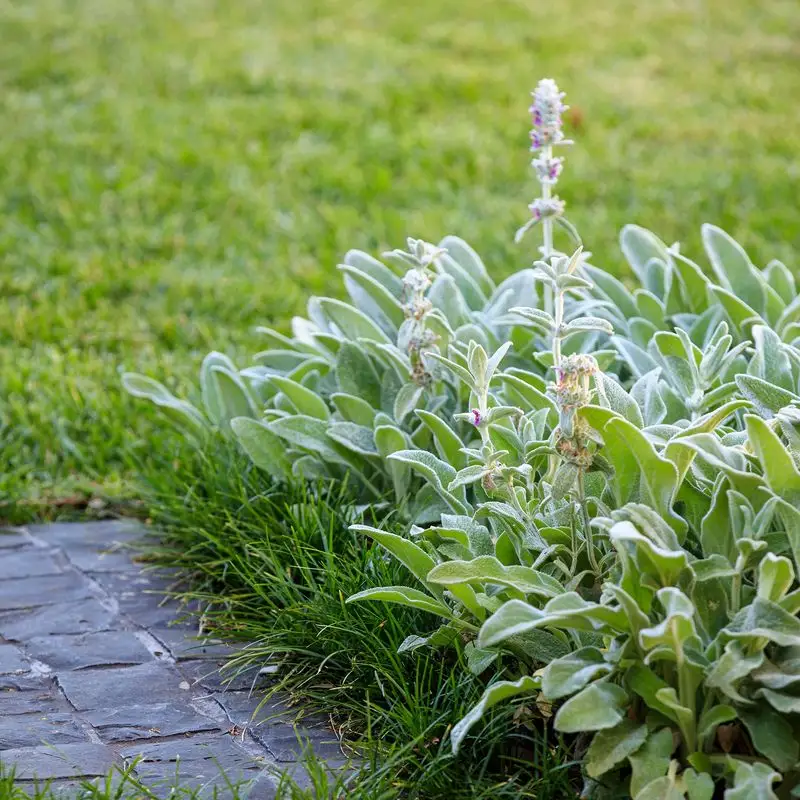
Lamb’s Ear delights with its velvety, silver foliage. This perennial is known for its ability to thrive in sunny, well-drained areas and spread to create soft, inviting ground cover. Lamb’s Ear is drought-tolerant and low-maintenance, making it a favorite for creating sensory gardens and adding texture to landscapes.
Chives
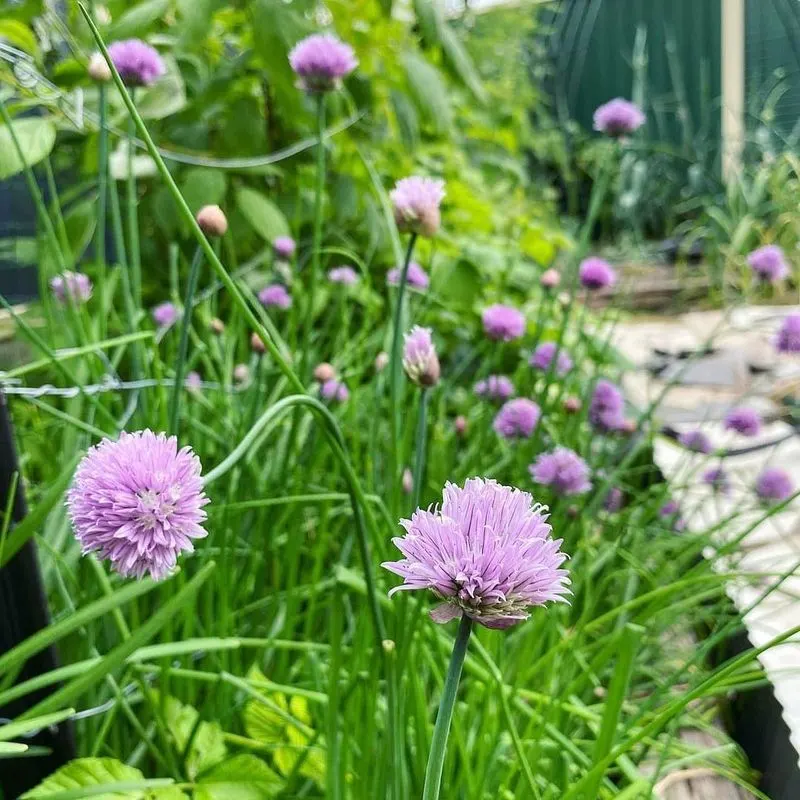
Chives offer both culinary and ornamental appeal. These herbs are easy to grow and spread by seed and division. Their edible flowers and shoots add flavor to dishes and attract pollinators. Chives’ resilience and ease of growth make them a staple in herb gardens, providing beauty and utility in equal measure.
Black-eyed Susans
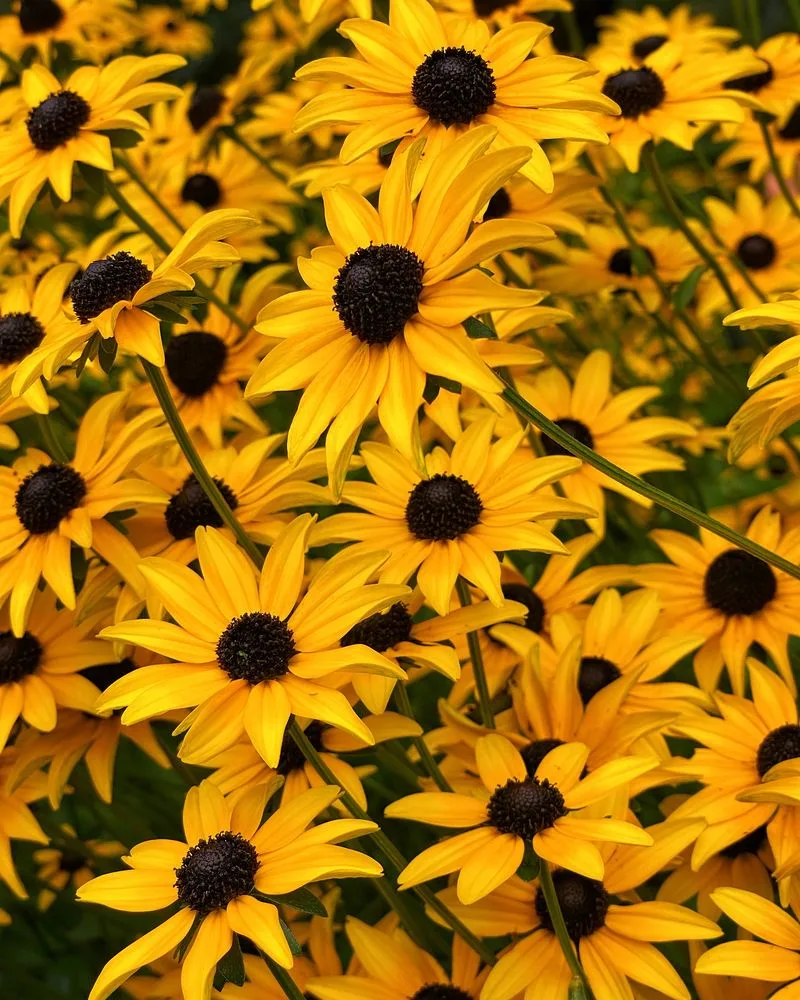
Black-eyed Susans, with their sunny blooms, bring warmth to any garden. These perennials are adaptable and spread by self-seeding, ensuring a bright presence year after year. Their ability to attract pollinators and resist deer makes them a popular choice for gardeners seeking hardy, cheerful flowers.
Feverfew
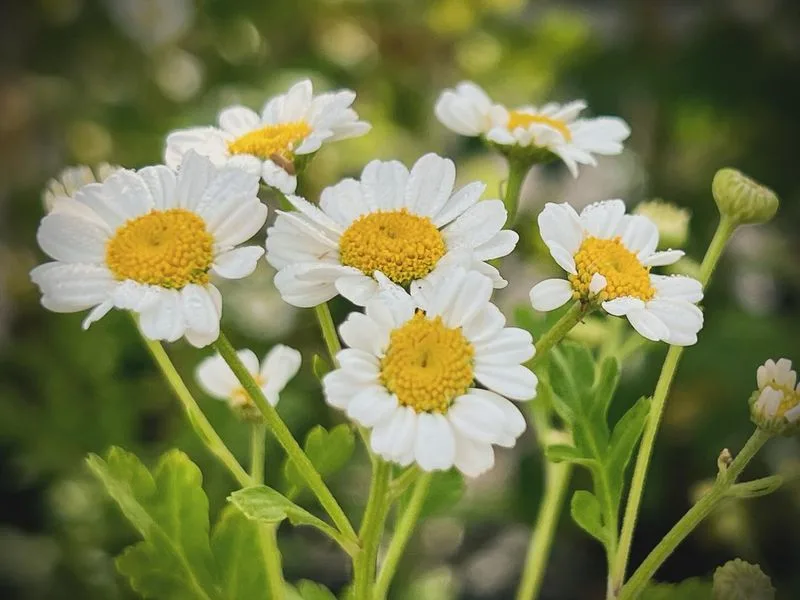
Feverfew is known for its medicinal properties and cheerful appearance. This hardy perennial spreads easily, providing a sea of white blooms that attract beneficial insects. Feverfew’s ability to thrive in various conditions makes it a versatile choice for herb gardens and ornamental borders.
Geraniums

Geraniums offer vibrant color and resilience in containers and garden beds alike. These perennials can propagate through cuttings, ensuring continuous blooms. Geraniums thrive in sunny locations and are drought-resistant, making them perfect for low-maintenance gardens. Their cheerful nature and adaptability endear them to gardeners worldwide.
Bee Balm

Bee Balm, also known as Monarda, is a magnet for pollinators. Its vibrant red blooms add a splash of color to gardens and attract bees, butterflies, and hummingbirds. Bee Balm spreads quickly, making it ideal for naturalizing areas. Its aromatic foliage is an added bonus, offering a pleasing scent in the garden.

